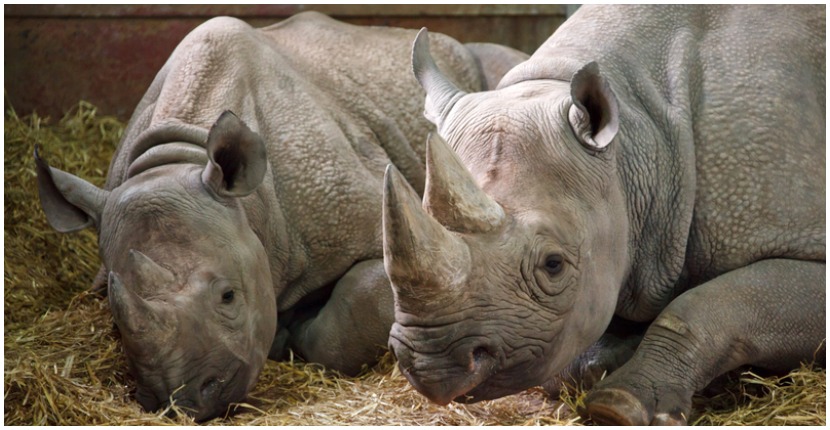In March 2018, there was great sorrow when the last male of the northern white rhinos passed from the land of the living. Forty five year old Sudan met his end at the Ol Pejeta Conservancy in Kenya, and is survived by only two more rhinos of his kind, both female. Unfortunately, neither of those ladies are fit to reproduce, as one suffers from uterine lesions that render her incapable and the other has hind legs that would make pregnancy a very chancy thing.
All was not lost, however.
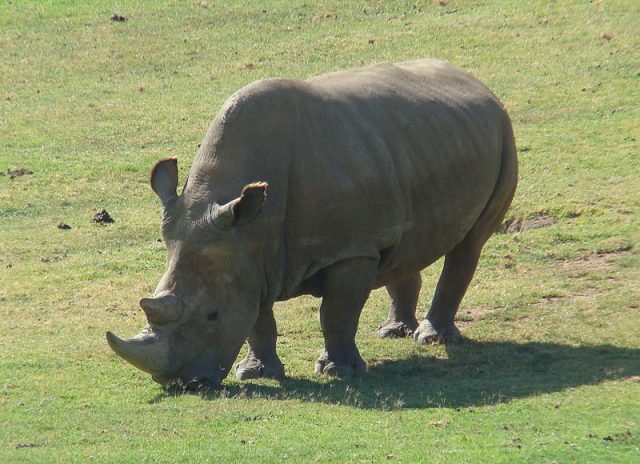
According to Smithsonian, the species may be revived through the wonders of science. Recently veterinarians were able to successfully remove eggs from both Najin and Fatu, the last two remaining northern white rhinos. The surgery took two hours and was considered highly successful, since about ten oocytes were removed from the rhinos. Those eggs were airlifted to Italy and combined with sperm, which had previously been collected and frozen, from four different now-deceased white bull rhinos.
After the successful harvest of 10 eggs from the world’s last two northern white rhinos, Najin and Fatu, 7 eggs (4 from Fatu and 3 from Najin) were on August 25th, successfully matured and artificially inseminated with frozen sperm from northern white rhino bulls, Suni and Saut. pic.twitter.com/2xWsb2gvRn
— Ol Pejeta (@OlPejeta) August 26, 2019
Later the fertilized embryos can be implanted in surrogate mothers from among the population of southern white rhinos, reviving the sub-species. This attempt to resurrect the northern white rhino was not an off-the-cuff maneuver, it’s been in the works for years.
According to a report from Nature in July, 2018, researchers were trying to revive the species back then, creating a hybrid which contained the DNA from the northern rhino variety and another sub-species which was closely related, in an attempt to stave of extinction.
Scientists successfully fertilize eggs from last existing northern white rhinos https://t.co/IkhJDNFhf6 pic.twitter.com/5FGUJvvidC
— The Hill (@thehill) August 28, 2019
Even back then, scientists were practicing the egg-removal and fertilization techniques on other, less endangered, female rhinos so that they could perfect it without endangering the last two females of their kind. The eggs that they obtained were fertilized with the sperm of northern white rhinos, and of thirteen eggs that were fertilized, three developed into viable hybrid embryos.
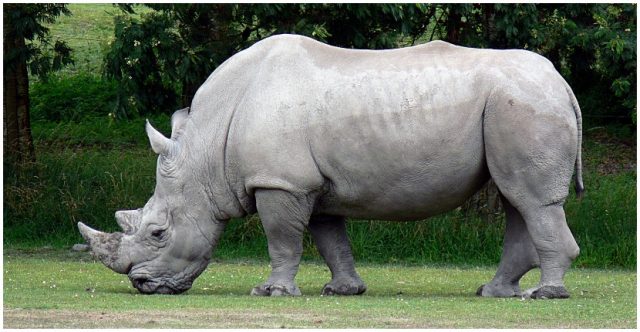
Presently, scientists are hoping to duplicate the procedure with the eggs they obtained from Najin and Fatu, creating genetically pure embryos that can be implanted in surrogates and, after a 14 month wait, hopefully have new specimens of the norther variety once again.
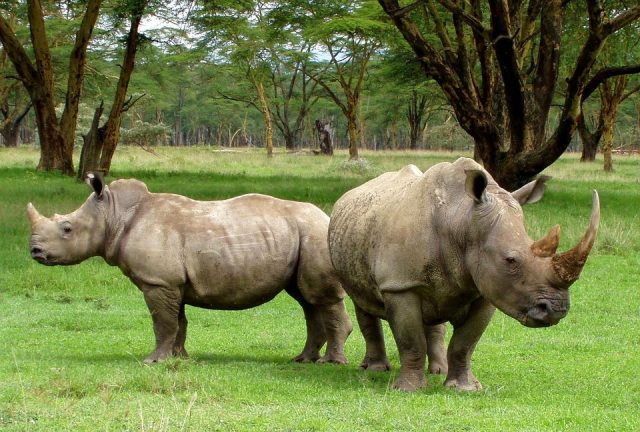
Even this isn’t without risks, however. There’s no way to know for certain whether the southern rhino surrogates will be able to carry embryos of the other sub-species to term, or whether or not any resulting calves will be able to reproduce or will be born sterile. Even if neither of these two obstacles materialize, there’s still another issue. The available pool of sperm and eggs for the northern rhino is very small and all come from animals who are closely related, rendering the available gene pool even smaller.
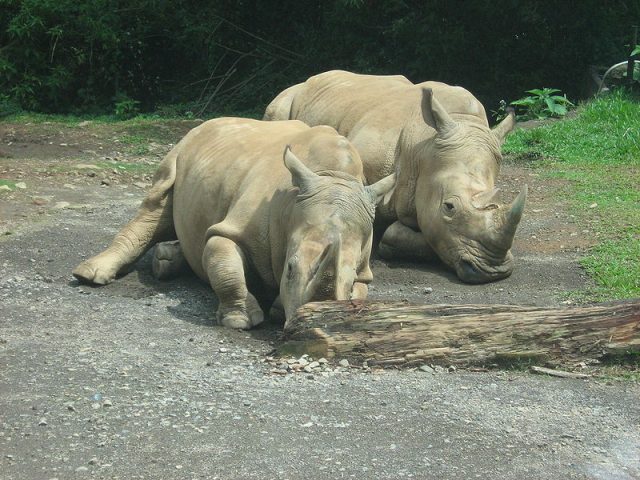
There may be a way to work around that problem, too. Scientists are trying to create artificial eggs and sperm from the preserved skin of 12 other white rhinos. If they’re successful, that will help deepen the gene pool. What the final result of these experiments will ultimately be is still unknown, but reports say that preliminary steps seem hopeful.
All of the research is being done by the BioResuce Project, a new research consortium, with the idea that if their attempts are successful the technology can then be used to preserve other species which are on the verge of extinction. Frank Gortiz, the head vet at the Leibnitz Institute for Zoo and Wildlife Research, commented that they are gaining critical information about the biology of reproduction and how it assist it, which can be a huge boon to other species, as well as the white rhino.
Related Article: A Giant Galapagos Tortoise Once Thought Extinct Reappears After a Century
The northern white rhino is native to Uganda, Sudan, and some other parts of Africa. In 1960 it was reported that there were still 2,360 of their kind. Civil unrest and poaching had radically reduced their numbers by 1984, leaving only about 15. By 2003 the number of surviving white rhinos had been doubled thanks to careful rescue and conservation efforts, but within three more years, no more white rhinos were seen in the wild, thanks to poaching. The current efforts scientists are undertaking may well be the animals’ only hope.
